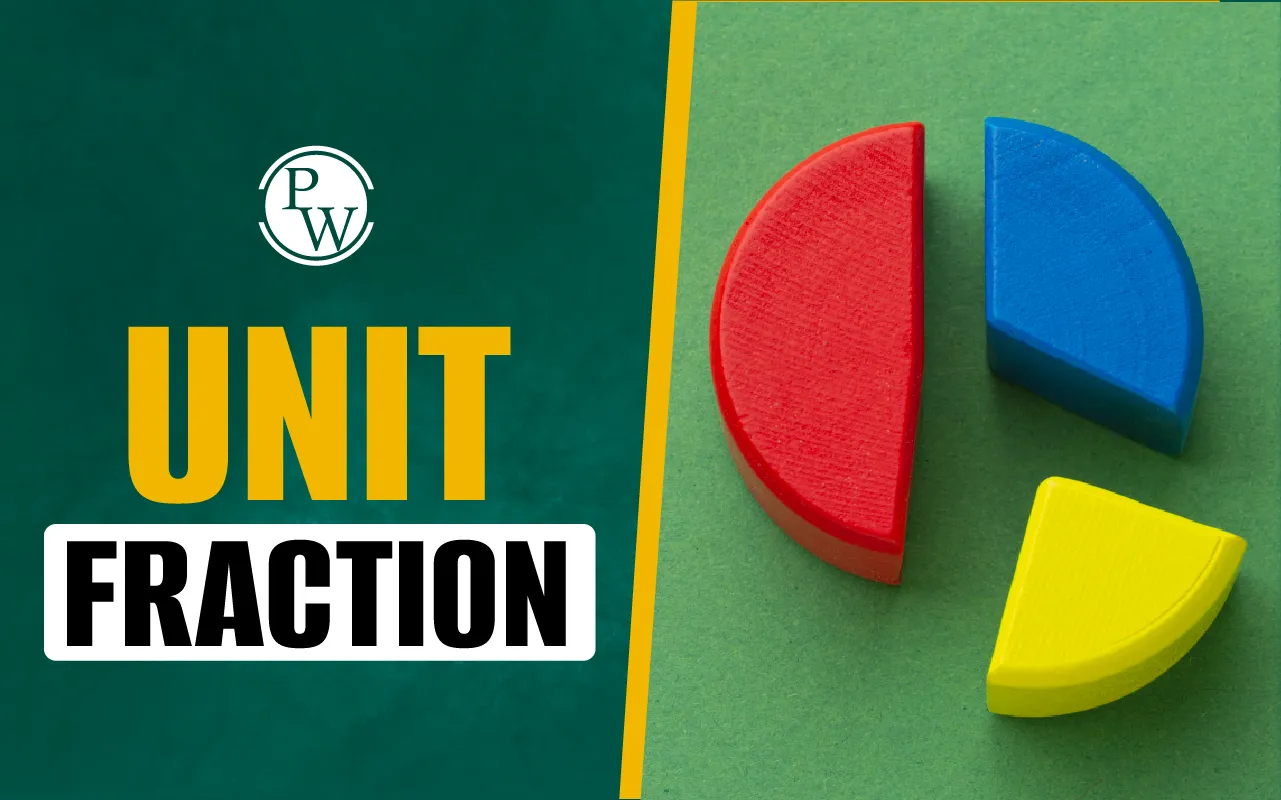

The factorial of 100, written as 100!, is the product of all whole numbers from 100 down to 1 multiplied together. It is an extremely large number used in math for counting arrangements and combinations. The exact value of 100! has 158 digits, starting with 93326215 and ending with 24 zeros. Since it is very large, mathematicians often use scientific notation to write it approximately as 9.332621544×10157. Calculating factorials helps in solving problems in algebra, probability, and statistics.
What is Factorial?
Before we learn about the factorial of 100, it’s important to understand what the word factorial means in math. A factorial is when we multiply a number by all the whole numbers smaller than it, down to 1.
For example, if we take any number “n,” then its factorial is written as n! (read as “n factorial”). It means: n! = n × (n – 1) × (n – 2) × … × 3 × 2 × 1. So, factorial is just the product of all numbers from 1 to that number.
Factorial of 100
Factorial of 100 (100!) equals 93326215443944152681699238856266700490715968264381621468592963895217599993229915608941463976156518286253697920827223758251185210916864000000000000000000000000. It is calculated by multiplying all numbers from 100 down to 1 and is widely used in scientific and mathematical problems.
Is the Factorial of 100?
The factorial of 100 is the product of all positive integers from 1 through 100. It is a huge number with 158 digits, approximately 9.3326215 × 10^157, widely used in mathematical fields like combinatorics, algebra and probability theory.
Factorial of Hundred
Factorial of hundred refers to 100!, which is calculated by multiplying 100 × 99 × 98 all the way down to × 2 × 1. The result is an enormous number with 158 digits and 24 trailing zeros, used in various mathematical and statistical calculations.
What is Factorial of 100?
In mathematics, factorial refers to multiplying a number by every whole number smaller than it, down to 1. It is written using an exclamation mark (!) and is widely used in topics like counting, probability, and arrangements. As numbers increase, their factorial values grow rapidly. Many students often wonder, “What is the factorial of 100?” or “What is the factorial of hundred?”
To calculate it, we multiply 100 × 99 × 98 and continue down to 1. This is called the factorial of hundred, and the result is a number with 158 digits. The factorial of 100, also written as 100!, is enormous, and mathematicians often use scientific notation to simplify it:
100! = 9.332621544 × 10¹⁵⁷
Now here are some amazing facts about the 100 factorial value:
-
It has exactly 158 digits.
-
It ends with 24 zeros, which we call trailing zeros.
-
The exact 100 factorial is:
93,326,215,443,944,152,681,699,238,856,266,700,490,715,968,264,381,621,468,592,963,895,217,599,993,229,915,608,941,463,976,156,518,286,253,697,920,827,223,758,251,185,210,916,864,000,000,000,000,000,000,000,000
Read More: Factorial
What is the Negative Factorial of Hundred?
While learning about factorials, one common question that comes up is, "What is the factorial of 100 if the number is negative? Can we find the factorial of –100?" The answer is no. In mathematics, factorial is not defined for negative numbers. This means we cannot find the factorial of –100 or any other negative number.
Let’s understand why. Factorial means multiplying a number by all whole numbers less than it, down to 1. But negative numbers don’t follow that pattern. If we try to use the factorial rule backward, we get stuck at 0! (zero factorial), which is 1.
So, the factorial of 100 is a very large number, but the factorial of –100 is not possible in math. That’s why we only find factorials for non-negative whole numbers (like 0, 1, 2, 3… and so on).
Read More: Dimensional Formula
What is the Factorial of Hundred?
Factorial of hundred means the multiplication of numbers from 100 down to 1, expressed as 100 × 99 × 98 × ... × 2 × 1. This results in a massive number approximately equal to 9.33 × 10^157 and contains 158 digits with many trailing zeros. Factorials are key in statistics and mathematical formulas.
Properties of Factorial
Factorials follow some special rules and patterns in mathematics. These rules help us understand how factorials work and how we can use them in different math problems.
-
For any number n, the factorial of n means multiplying it by every number smaller than it till 1. So, n! = n × (n - 1) × (n - 2) × ... × 2 × 1.
-
A special rule is: n! = n × (n - 1)! This means we can also find a factorial by multiplying the number with the factorial of the number before it.
-
0! is always 1. This is a fixed rule in math, even though 0 has no numbers below it to multiply.
-
Factorials are always whole numbers (integers). You will never get a decimal or fraction as the result of a factorial.
-
We can also use a math symbol called a product sign (∏) to write factorials:
n! = ∏(i = 1 to n) i — This means multiply all numbers from 1 to n. -
Negative numbers don’t have factorials. That means factorial is only defined for 0 and positive whole numbers.
-
Factorials increase very quickly. For example, 10! = 3,628,800 and 15! = 1,307,674,368,000. The bigger the number, the faster the factorial increases.
Also Read: Rational Numbers
Uses of Factorial in Maths
Factorials are not just number patterns; they are used in many areas of math that help us solve real problems. Let’s look at where and how factorials are useful.
-
Counting and Arrangements (Combinatorics): Factorials are used when we want to count how many ways we can arrange or choose things. For example, if students want to find out how many ways they can sit in a row, factorials help to find that number. This is used in topics like permutations and combinations.
-
Probability: In probability, we try to find out how likely something is to happen. Factorials are used to calculate the number of possible outcomes in games or experiments. For example, in card games or coin tosses, we use combinations and factorials to find chances.
-
Statistics: In statistics, factorials are used in formulas that help us study data and numbers. Some important topics where factorials are used include binomial coefficients and Poisson distribution, which help in analyzing results and making predictions.
-
Mathematical Series: Factorials are also used in special types of math formulas like Taylor series and Maclaurin series. These are used to write big and complex functions in a simpler form using a sum of many terms. Factorials appear in these formulas to make the math work correctly.
-
Games and Puzzles: Factorials help us find how many ways we can arrange things in games. Whether it’s arranging cards or solving number puzzles, factorials tell us how many different ways it can be done.
-
Computer Programming: In coding, factorials are used in programs that need to solve math problems. Programmers use them to create logic for finding all arrangements or combinations of items quickly.
So, factorials are more than just multiplying numbers; they help us in counting, solving puzzles, understanding chances, and even in writing computer programs.
Boost Your Child’s Confidence in Maths with CuriousJr’s Online School Tuitions
Is your child finding it hard to understand the basic math concepts taught in school? Many students struggle in class because the pace is too fast or they don’t get enough time to ask questions and clear their doubts.
CuriousJr’s Online Maths Tuition is designed especially for students from Classes 3rd to 9th who need a little more support to build a strong foundation in math. These classes explain every topic step by step in a simple, clear way—so children don’t feel lost or left behind.
-
With a special two-teacher model, one teacher focuses on teaching while the other helps students with their doubts during class.
-
Features like interactive sessions, homework help, regular practice, and progress tracking make sure your child gets the attention and guidance they truly need.
Book a demo class for maths today and see how CuriousJr can help your child become more confident and comfortable in math.
Factorial of 100 FAQs
What is the factorial of hundred?
How many zeros are there in the factorial of 100?
How many digits are there in the factorial of hundred?
How to find a factorial of 100?
What is the exact value of factorial of 100?
How do you calculate the factorial of 100?
Can I calculate 100 factorial manually?













